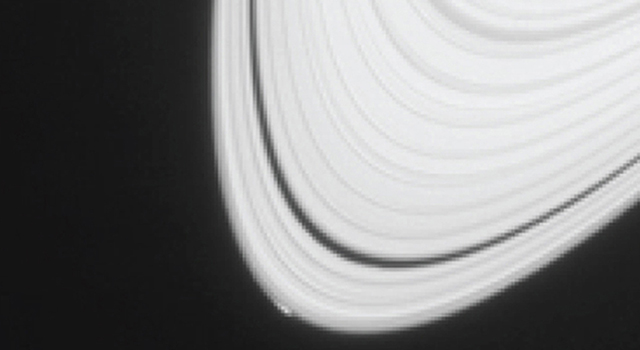
Figure 1 – NASA’s Cassini satellite in orbit around Saturn documents the formation of a new moon on April 15, 2013. From NASA and in the public domain.
Figure 1 is an example of something that I never thought that I would see. It is a moment of thought-provoking grandeur, brought to us by tireless robotic eyes that extend our vision and our horizons, like those of Ulysses’ mariners ever outward.
According to a paper published in the planetary astronomy journal Icarus, NASA’s Cassini spacecraft has documented the formation of a small icy object within the rings of Saturn that may be a new moon. These images were taken by Cassini’s narrow angle camera on April 15, 2013. They show disturbances, a perturbation merely, at the very edge of Saturn’s A or outermost ring.
NASA scientists also found other unusual protuberances at the ring’s, which they believe to be gravitational disturbances caused by nearby massive objects. This may significantly increase our understanding of the process of formation of Saturn’s ice moons like the cloud enshrouded moon Titan and the ocean moon Enceladus. Scientists believe that the ring system of Saturn once supported the outgrowth of giant ice moons, but that the process is now largely complete.
We tend today to take this kind of imagery for granted, rather than marvel at it with the awestruck devotion that it deserves. It all began with Draper’s first daguerreotype of Earth’s moon in 1839.
